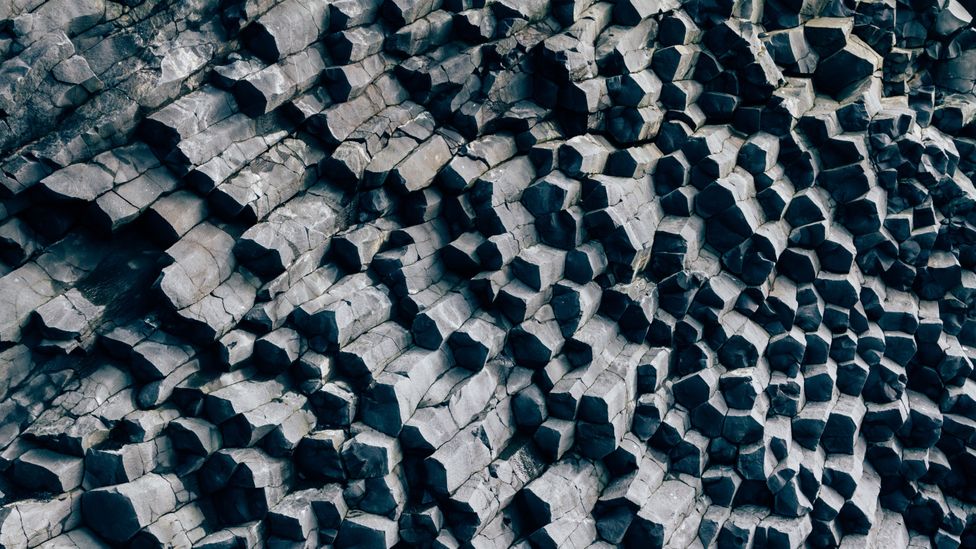It was a glaring summer’s day in Antarctica. Through frozen eyelashes, Samantha Hansen blinked out at the featureless landscape: a wall of white, where up was the same as down, and ground blended seamlessly into sky. Amid these disorientating conditions, with temperatures of around -62C (-80F), she identified a suitable spot in the snow, and took out a spade.
Hansen was in the continent’s bleak interior – not the comparatively balmy, picturesque Antarctica of cruise ship tours, but an unforgiving environment rarely even braved by the local wildlife. As part of a team from the University of Alabama and Arizona State University, she was looking for hidden ‘mountain’ ranges – peaks that no explorer has ever set foot on, no sunlight has ever illuminated. These mountains occur deep within the Earth.
It was 2015 and the researchers were in Antarctica to set up a seismology station – equipment, half-buried in the snow, that would allow them to study the interior of our planet. In total, the team installed 15 across Antarctica.
The mountain-like structures they revealed are utterly mysterious. But Hansen’s team discovered that these ultra-low velocity zones or ULVZs, as they are known, are also likely to be almost ubiquitous – wherever you are in the world, they may be lurking far beneath your feet. “We found evidence for ULVZs kind of everywhere [we looked],” says Hansen. The question is – what are they? And what are they doing inside our planet?
A mystery history
The Earth’s strange interior mountains occur at a critical threshold: the one between the planet’s metallic core and the surrounding rocky mantle. This abrupt transition is, as Hansen’s team point out, even more drastic than the change in physical properties between solid rock and air. It has been tantalising experts for decades – as enigmatic as it is influential to the geology of the planet.
Though the ‘core-mantle boundary’ is thousands of kilometres from the Earth’s surface, there is a surprising amount of interchange between its unfathomable depths and our own world. It’s thought to be a kind of graveyard for ancient pieces of the ocean floor – and it may even be behind the existence of volcanoes in unexpected locations, such as Hawaii, by creating super-heated highways to the crust.
The story of the deep-Earth mountains began in 1996, when scientists explored the core-mantle boundary far beneath the central Pacific Ocean. They did this by studying seismic waves created by massive ground-shuddering events: usually earthquakes, though nuclear bombs can achieve the same effect. These waves pass right through the Earth, and can be picked up by seismic stations at other locations on its surface, sometimes more than 12,742 km (7,918 miles) away from where they started. By examining the paths the waves take as they travel through – such as the way they’re refracted by different materials – scientists can piece together an X-ray-like picture of the interior of the planet.
When researchers looked at waves generated by 25 earthquakes, they found they inexplicably slowed down when they reached a jagged patch on the core-mantle boundary. This vast, otherworldly mountain range was highly variable – some peaks stretched 40km (24.8 miles) up into the mantle, equivalent to 4.5 times the height of Everest. Meanwhile, others were just 3km (1.7 miles) high.
Since then, similar mountains have been found lurking at scattered locations all around the core. Some are particularly large: one monster specimen occupies a patch 910km (565 miles) across under Hawaii.
Yet to this day, no one knows how they got there, or what they’re made of.
